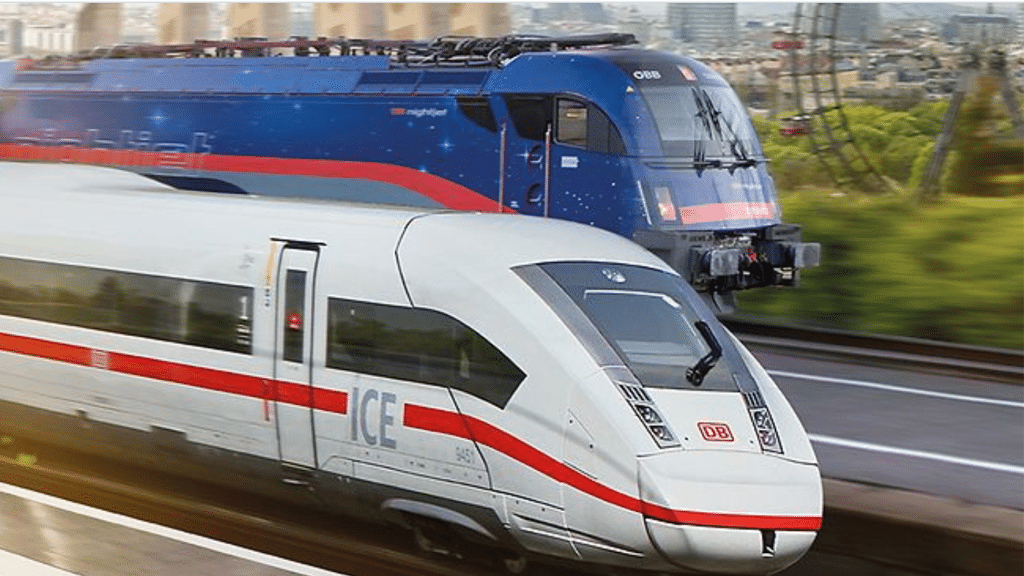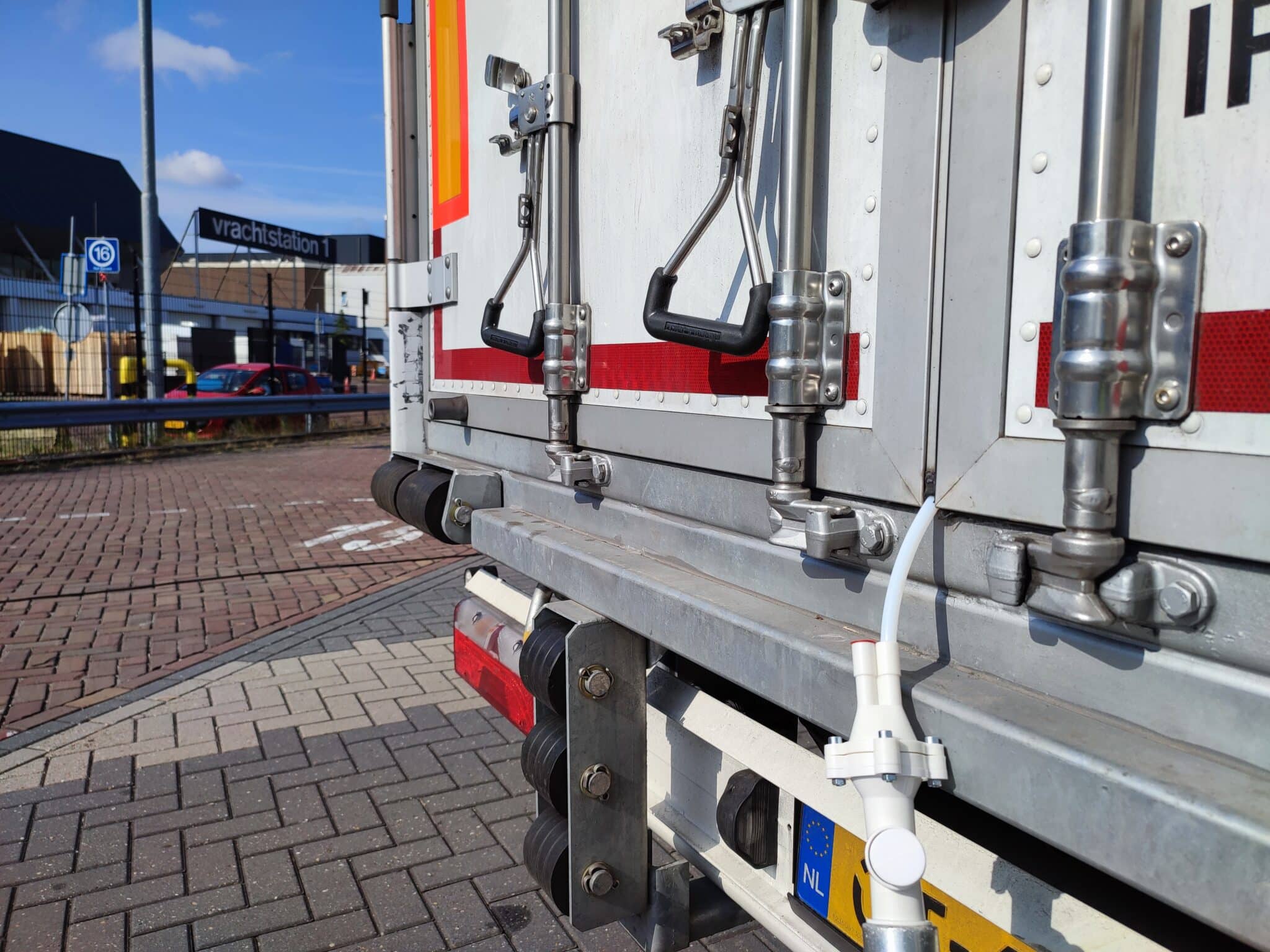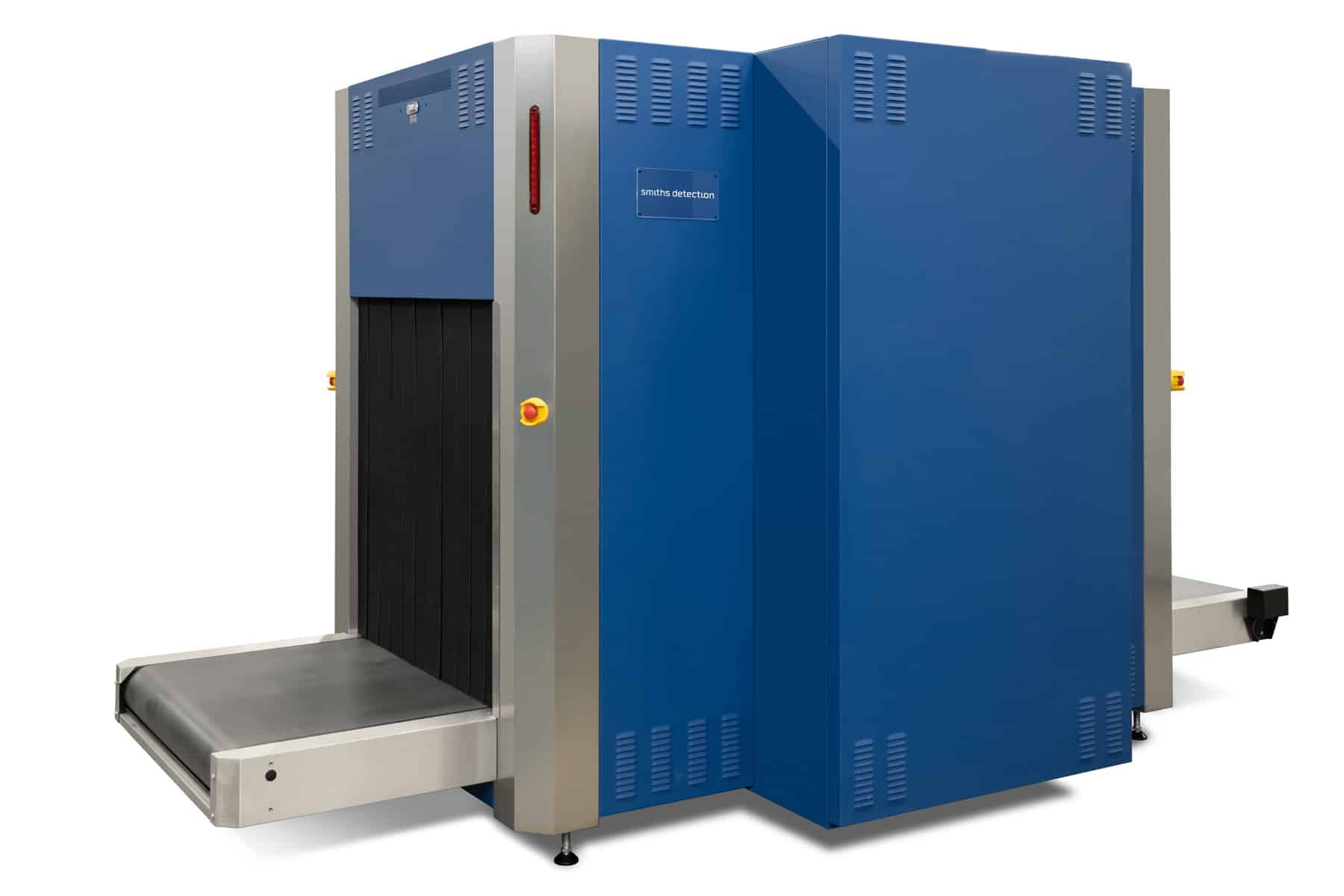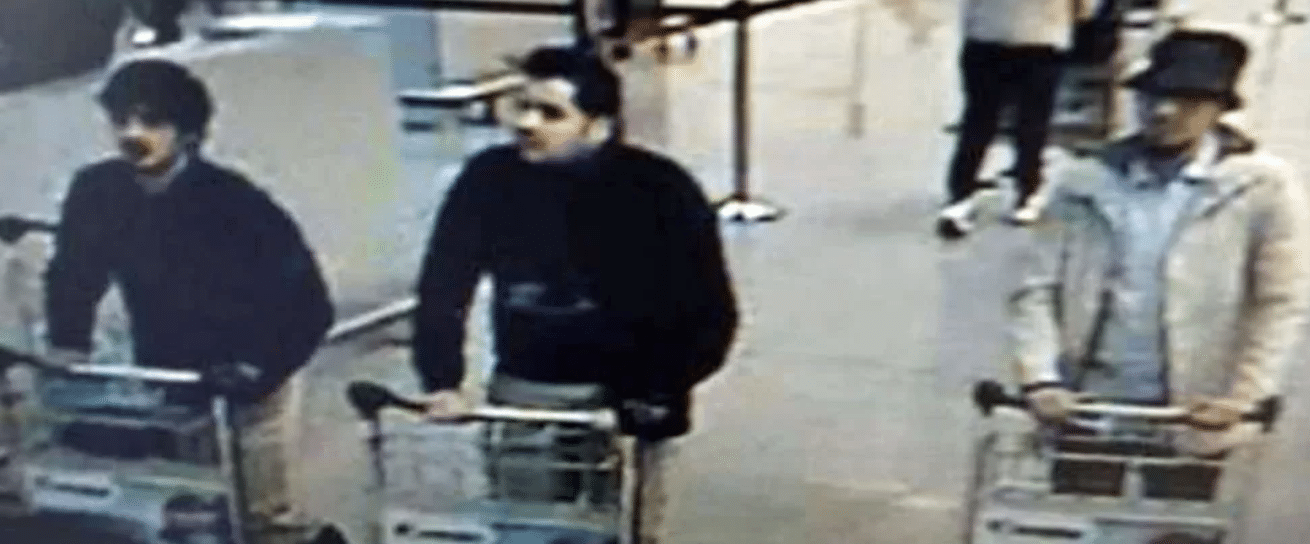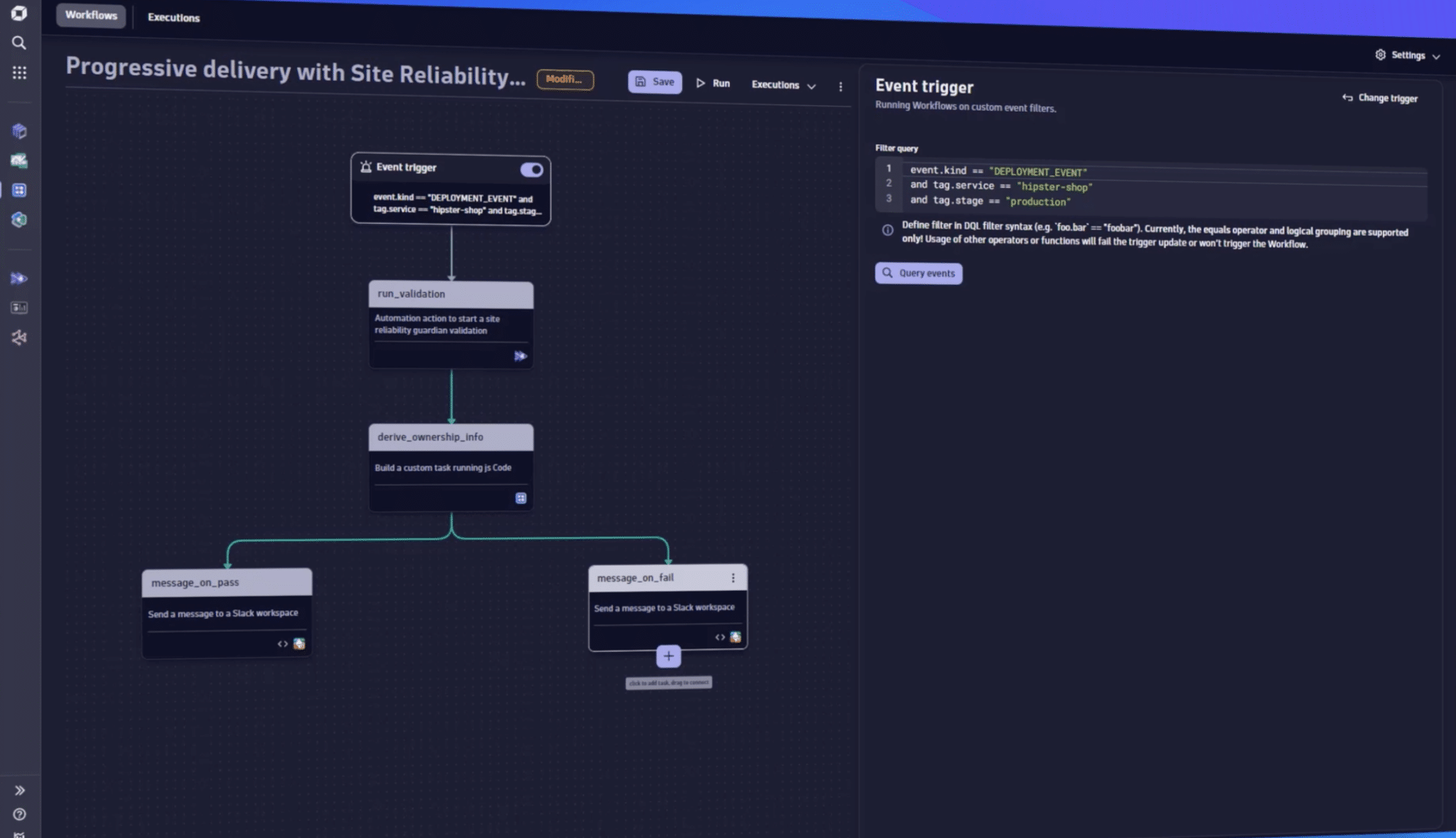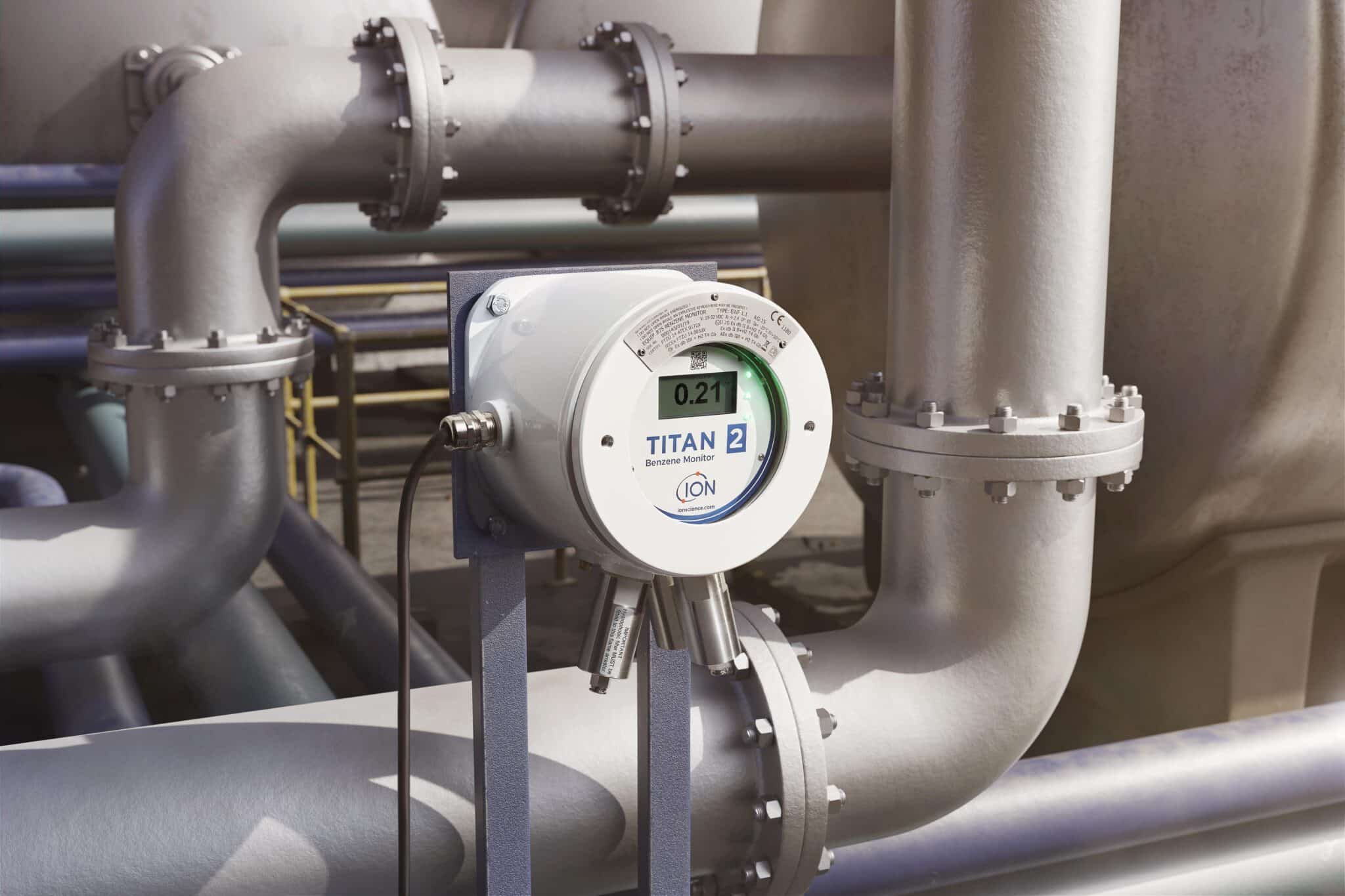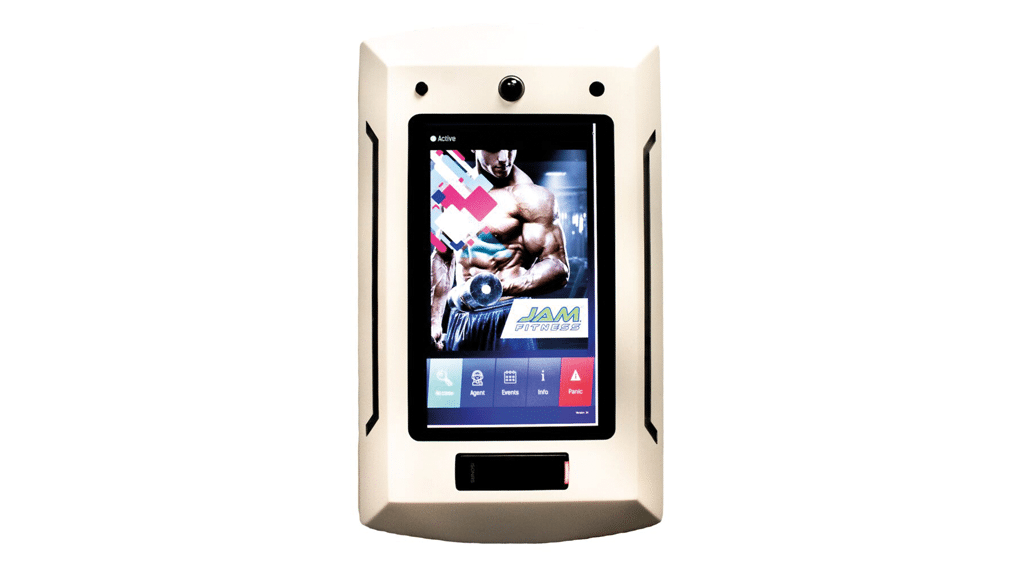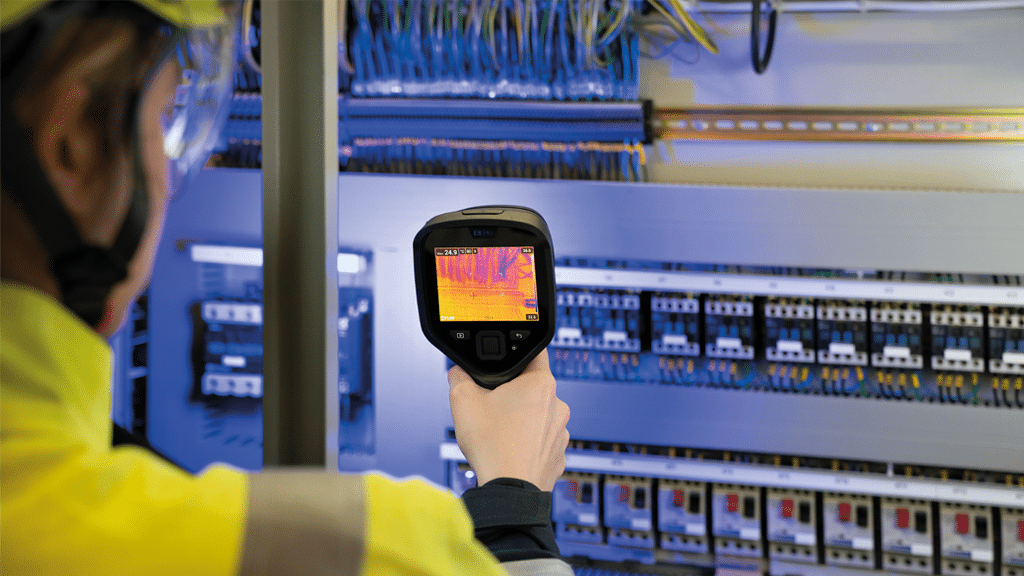Rail transport between Germany and Austria is booming. By the end of the year, Deutsche Bahn (DB) and Austrian Federal Railways (ÖBB) expect about 40% more passengers than five years ago. The two companies are therefore further expanding cross-border long-distance service between the countries.
“The shift to rail is continuing unabated,” says Stefanie Berk, member of the DB Fernverkehr Management Board for Marketing. “More and more people in Germany and Austria are taking the climate-friendly train when they travel to neighboring countries. We want to boost growth even further with new trains, more comfort and convenience, and more connections. This can only be achieved through a joint effort by the rail companies involved. We’re responding to this growing demand by expanding the international timetable in close cooperation with ÖBB.”
Dr. Sabine Stock, ÖBB executive board member for Passenger Transport says, “By 2030, we want to double the number of passengers on Nightjet trains. Deutsche Bahn plays an important role since many Nightjet lines begin and end in Germany. The new connections from Berlin to Paris and Brussels and the new generation of Nightjet trains in Germany are sending a strong signal of DB’s and ÖBB’s confidence in night train service and intentions to expand the portfolio.”
The timetable change in December will add another ICE connection between Berlin and Vienna via Nuremberg. Extending the route to Hamburg will also give the major northern German city another daily connection to the Austrian capital. Beginning in December, DB and ÖBB will also be offering an ICE journey from Berlin to Innsbruck and back via Frankfurt and Stuttgart every day, instead of only on weekends. In the future, long-distance trains will connect Munich and Salzburg once an hour between around 6 a.m. and 9 p.m. Daily trains will connect Innsbruck and Munich every two hours between 6:40 a.m. and 9:40 p.m.
ÖBB and DB are also stepping up their investment in new trains. Beginning with the timetable change, ICE 4 trains will be used on the Frankfurt–Munich–Salzburg–Klagenfurt route, ensuring greater comfort, convenience and reliability on long-distance journeys. The new generation of Railjets, which will gradually be introduced on the route between Munich and Italy beginning April 2024, will also provide higher quality and more seats. The brand-new and ultra-modern trains offer ICE-level comfort and convenience.
ÖBB and DB are also expanding their night service partnership. The two companies will begin offering Nightjet connections from Berlin and Vienna to Paris and Brussels this December. These connections will initially run three times a week, then daily beginning in the fall of 2024. This will double the number of Nightjet connections available in Berlin.
From the turn of the year 2023/24, the completely new ÖBB Nightjet trains will be in service for the first time. They will first be used on the Hamburg-Vienna and Hamburg-Innsbruck connections. These new Nightjets, which can travel up to 230 km/h, offer a new level of comfort and convenience, including individual cabins (Mini Cabins) in the couchette car and level boarding for people with restricted mobility. Further connections in Austria, Germany and Italy will follow in the course of 2024.
